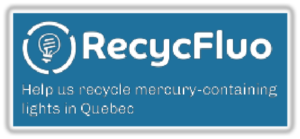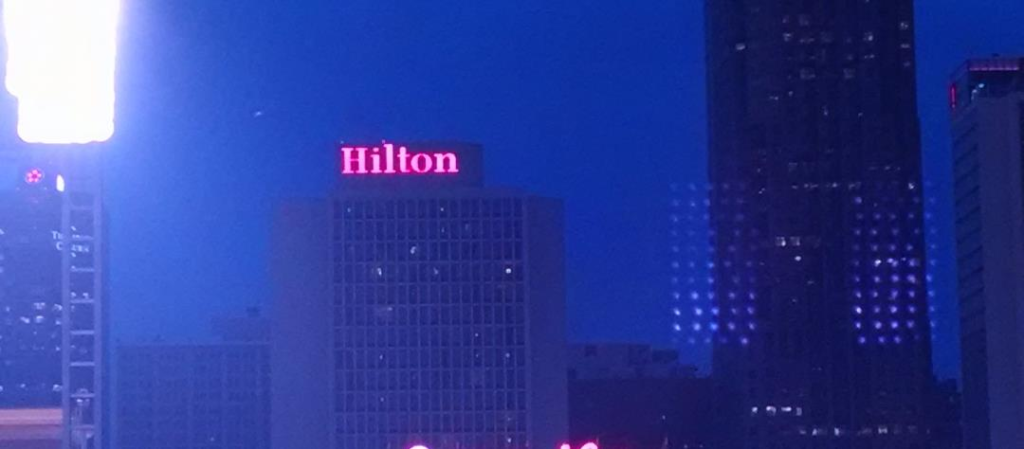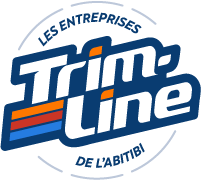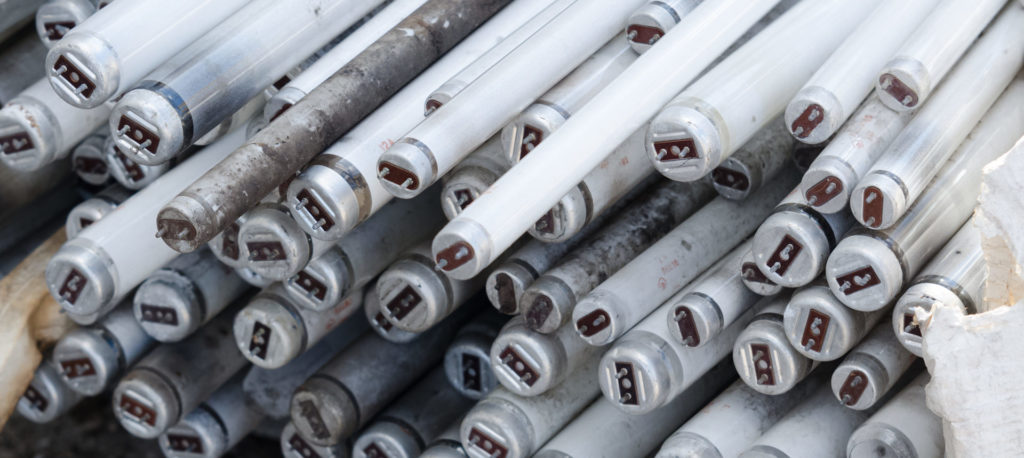There are many advantages to converting the existing lighting in signs from fluorescent tubes to LED: environmentally-friendlier, safer, longer-lasting and offering better ROI (return on investment).
Storing and disposing of
Signs with fluorescent tubes require regular maintenance but also storing of replacement parts and tubes and correct disposing of burned out ones. The tubes can’t be put in the trash or recycle bin since they contain mercury, a toxic heavy metal that is both dangerous to the environment and our health.
One thing that makes this issue more problematic is that collection sites are scarce and tubes are fragile.

Collection sites for mercury-containing light bulbs and fluorescent tubes
On the other hand, LEDs require no storage of parts and no particular handling when disposing of. Since they are made of metal, plastic and electronic parts, most of it is recyclable.
Return on investment
Converting a sign from fluorescent tubes to LED might seem expensive at first, especially if the sign itself it wide and double-sided. But even then, new LED technologies and the higher efficiency of LEDs as opposed to fluorescent lighting often translates into savings after only a few years.
Fluorescent tubes lose a good part of their energy in heat. Furthermore, the lighting is dimmer during extremely cold temperatures (below -20C) and parts wear out quicker.
On the other hand, LEDs maximize energy efficiency. It is not rare that the same lighting intensity or brighter can be achieved with 50% less energy. LED drivers are also less expensive than magnetic high output (exterior use) fluorescent ballasts.
Safety
LEDs work on 12V and 24V DC, using 60W drivers with a maximum load of 48W. Nothing impressive, and completely safe to handle. Quite the opposite of some fluorescent ballasts that can have an output voltage of 800 volts AC or more.

Long-lasting
If you have a sign that has fluorescent lighting, it is very likely that some tubes have dark ends: this means they have reached the end of their lifespan and should be replaced even if they still light up.
If these are left in place, they will damage the ballast. This is also true for the tubes that are completely burned out but are left in place because someone forgets or neglects to change them. During their lifespan, tubes will also diminish in intensity. This is why when one fluorescent tube burns out, it is considered good practice to change them all.
LEDs on the other hand go through a rigorous quality control stage to ensure not only their durability but also the colour consistency. Unless the product is defective or of lesser quality, such as those Chinese versions sold at discounted prices, you can count on constant lighting for years to come.
LED lighting |
Fluorescent lighting |
|
Made of plastic, aluminum and electronics |
Made of glass, metal and mercury |
|
10 years and more outdoor durability (50 000 – 100 000 hours and more) |
Maximum durability of 5 years outdoor |
|
No restriction when disposing of |
Toxic content, must be disposed of safely in accordance to regulations and in specific collection sites |
|
Bright and even lighting even in cold weather and throughout the year |
Low efficiency in cold weather, lighting level is compromised and uneven in winter and under extremely cold temperatures |
|
Colour range similar to standard day light, custom colors available |
Limited colour range that seems artificial at times |
|
More than 50% less energy required T12/96 HO LED : 44W |
Considerable amount of energy required T12/96 HO : 110W |
|
Long term ROI 10 tubes = 440W or 0.44kW 0,44kW * 0.09$/kWh * 10 hours * 365 days = 144.54$ per year |
Expensive in the long run 10 tubes = 1100W or 1.1kW 1.1kW * 0.09$/kWh * 10 hours * 365 days = 361.35$ per year |
|
Input: 120V AC Output: 12V DC |
Input: 120V AC Output : 475 – 1000V AC |
Conclusion
Would you like to get an estimate to retrofit an existing sign? Send us pictures of your signs with measurements and we will be happy to send you the details.
Would you rather check the requirements yourself? Use the tool provided in the link below.
Are you more comfortable using the existing lighting in your signs? No problem. Make sure you have your lighting checked at least every 3 years and all the tubes replaced every 5 years. This way you will maximise the lifespan of the components.
Links
- Hanley: LED layout tool
http://ledlayouts.hanleyledsolutions.com/ - RecycFluo: collection sites for mercury-containing light bulbs and tubes
https://www.recycfluo.ca/en/all-collection-sites/ - Trim-Line de l’Abitibi: gallery
https://trimlineabitibi.ca/en/services/signs/ - Gemini Sign Products
https://www.geminisignproducts.com/en/gallery/


